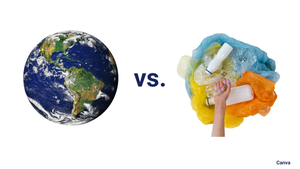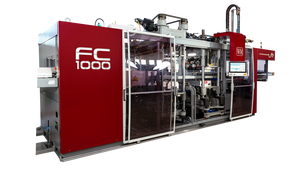March 29, 2007
Injection molder Quantum Leap Packaging Inc. (QLP; Wilmington, MA), a provider of air-cavity packages for semiconductor assembly, says its new HermeTech product is the industry’s first hermetic plastic package that meets JEDEC standards. QLP is molding HermeTech plastic air cavity QFNs that maintain hermetic leak rates of less than 5x10-8 atm cc/s He, and pass full U.S. military specification (Mil Spec) reliability tests. QLP processes a special grade of liquid crystal polymer.
Semiconductor packaging—also known as encapsulation—could become a huge market for injection molders (see initial report in September 2004 issue of MPW). Encapsulation protects semiconductors and serves as the bridge between electrical devices and a product’s printed circuit board (PCB). Every semiconductor in the trillion-plus per year industry needs protection in the form of encapsulation—the chips are embedded in the encapsulating material. To now the low viscosity at low temperatures offered by epoxies has made them the material of choice for use in the transfer molding process, which is the typical process used for encapsulating semiconductors.
QLP reckons its new product can meet the low-stress high-temperature requirements needed to see use in applications such as packaging of image sensors, MEMs, RF microwave devices, and other applications. Epoxy transfer molding is proven for the applications but has issues including the material’s moisture absorption and the lack of a broad processor base.—[email protected]
You May Also Like


